Samsung Galaxy Z Flip 4 hands-on review: A welcome (if minor) update
Samsung’s latest foldable is appealing, but does little to stand out from its predecessor

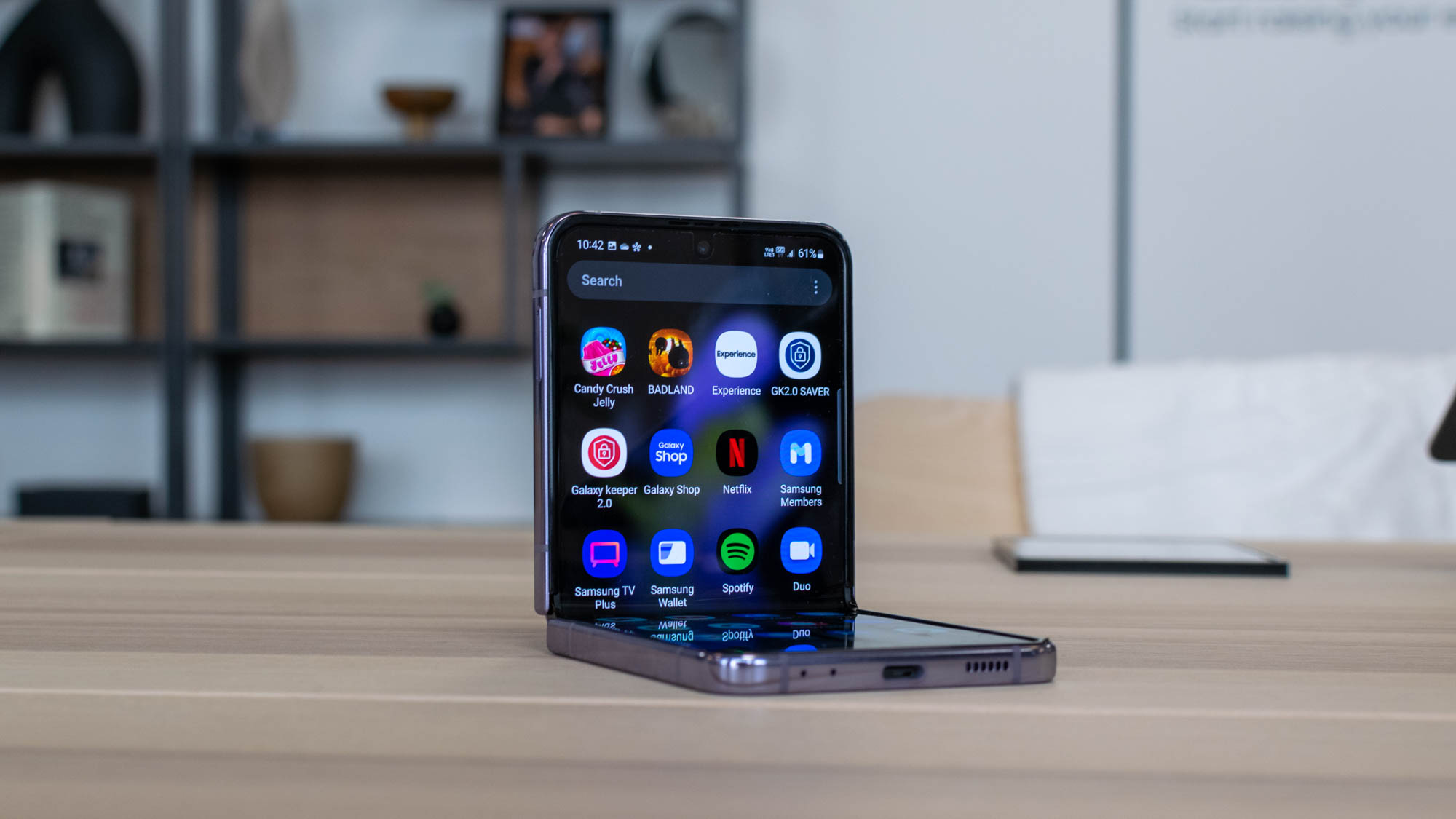
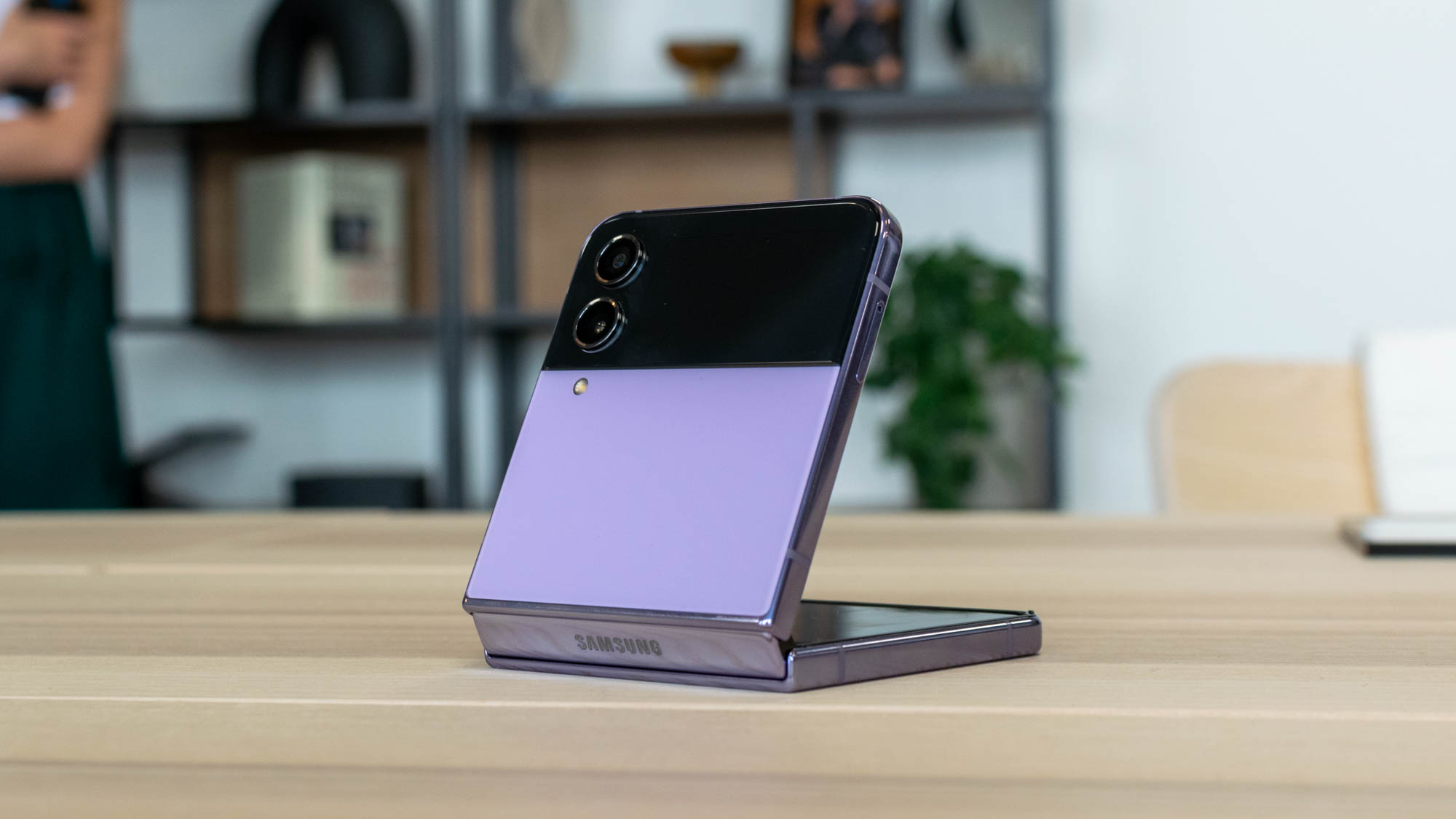
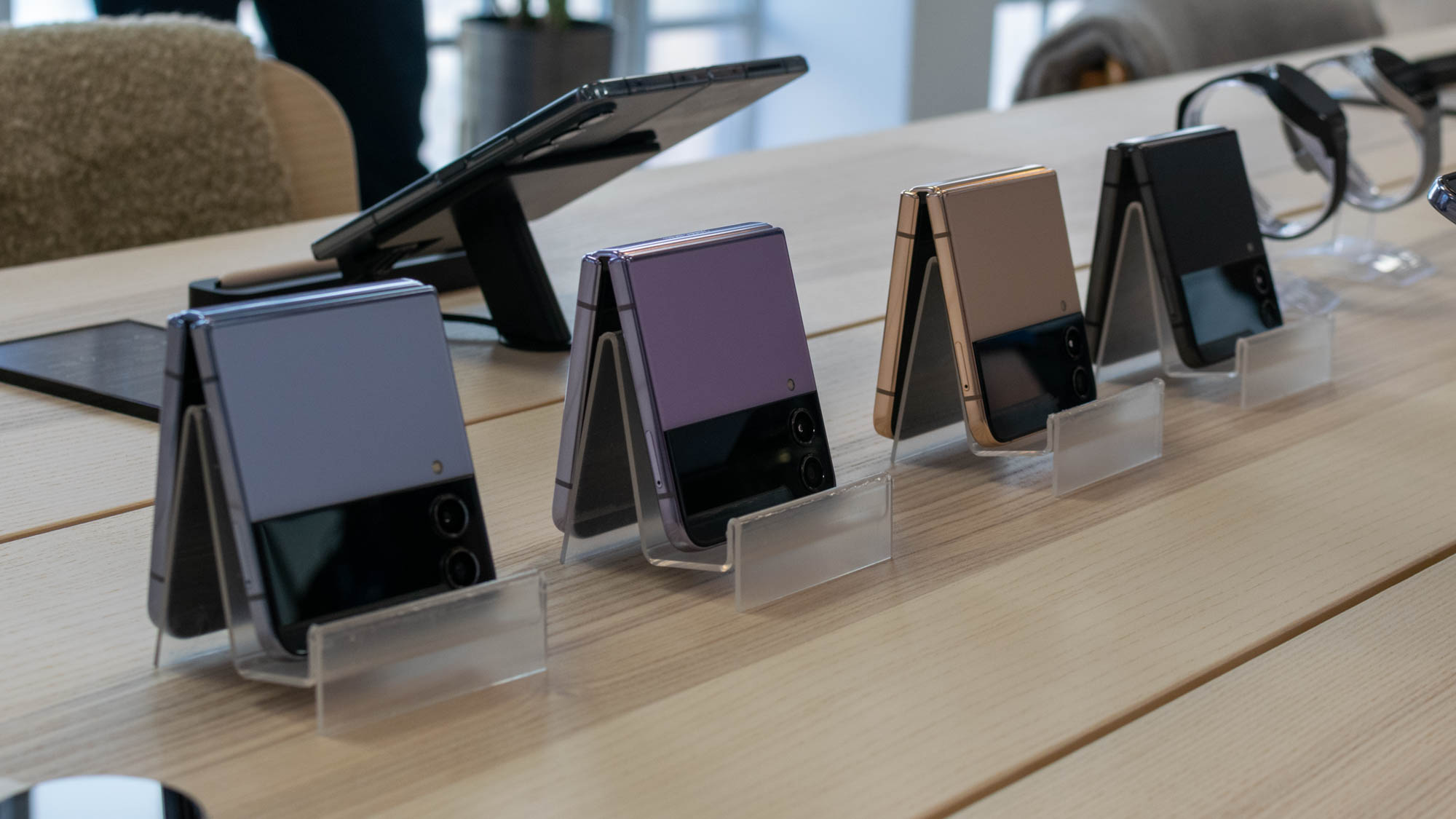
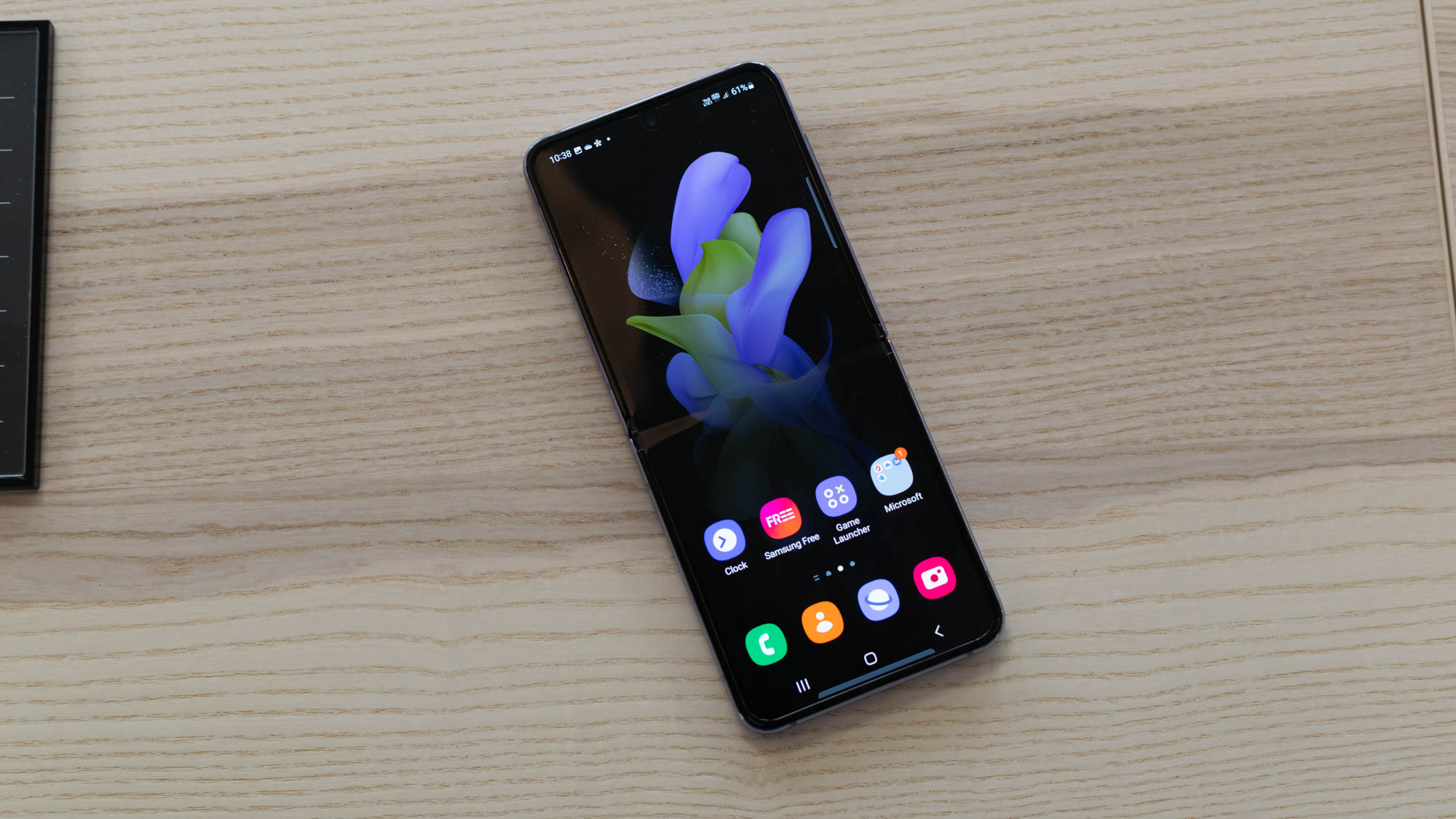
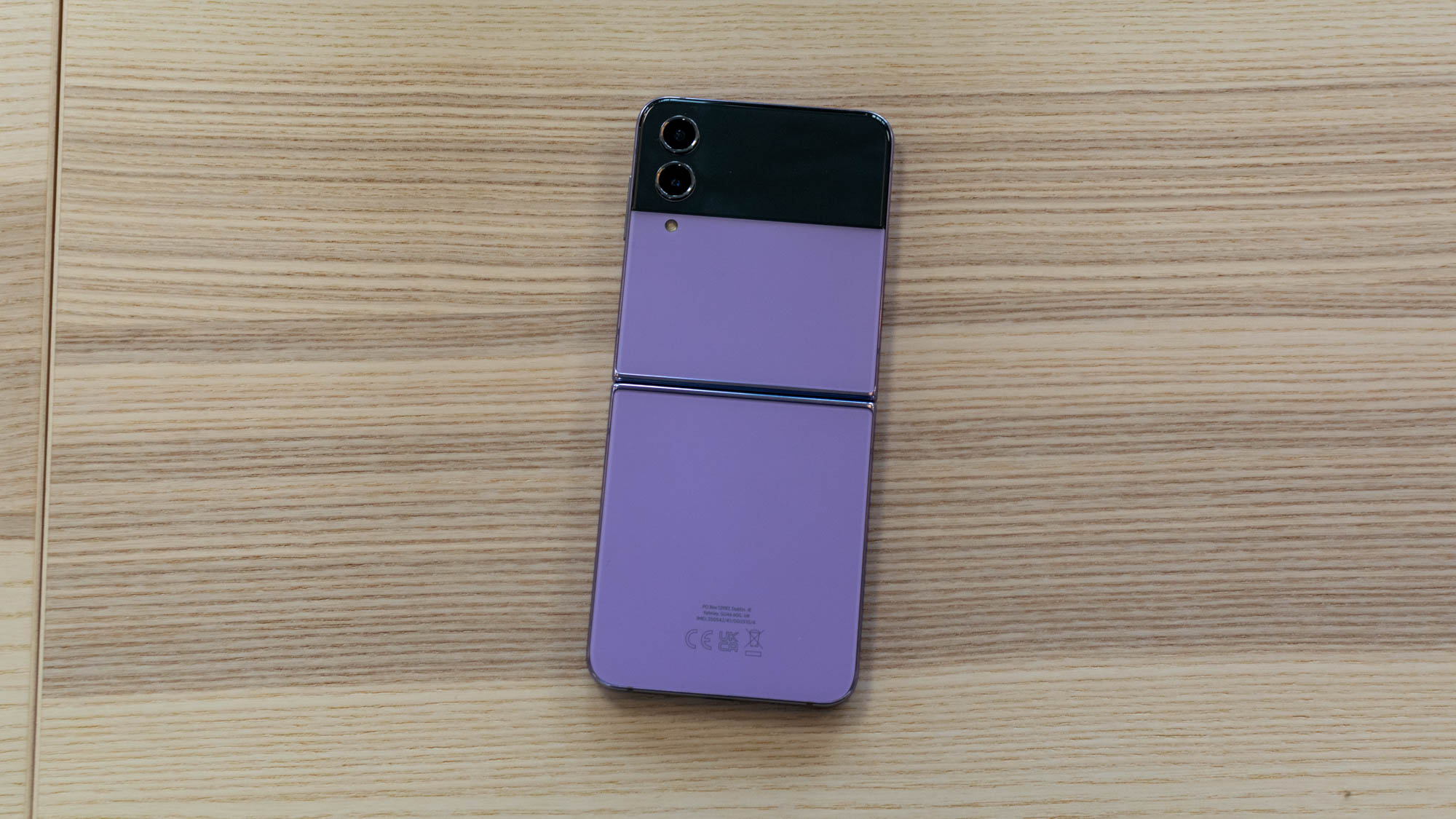
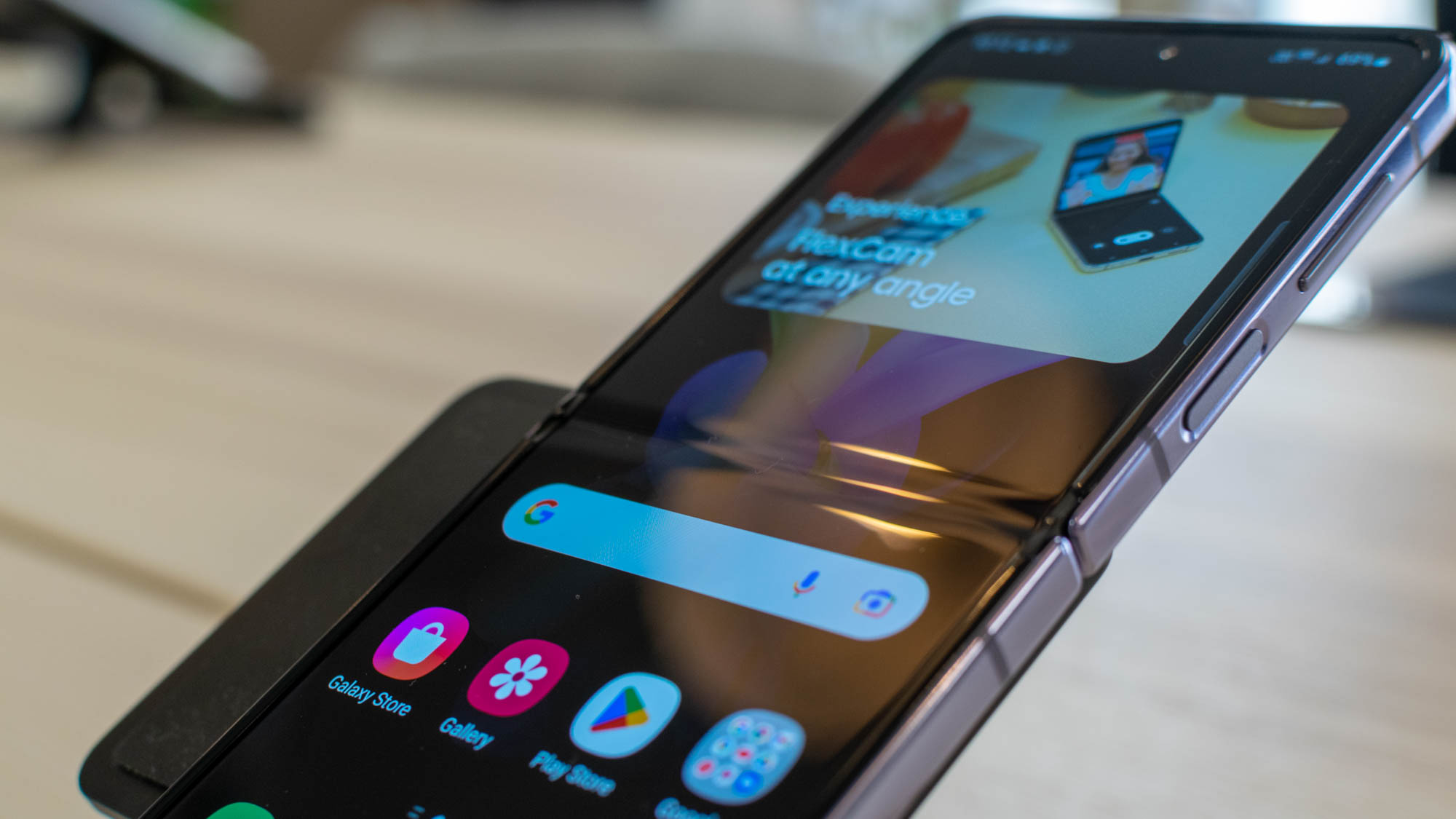
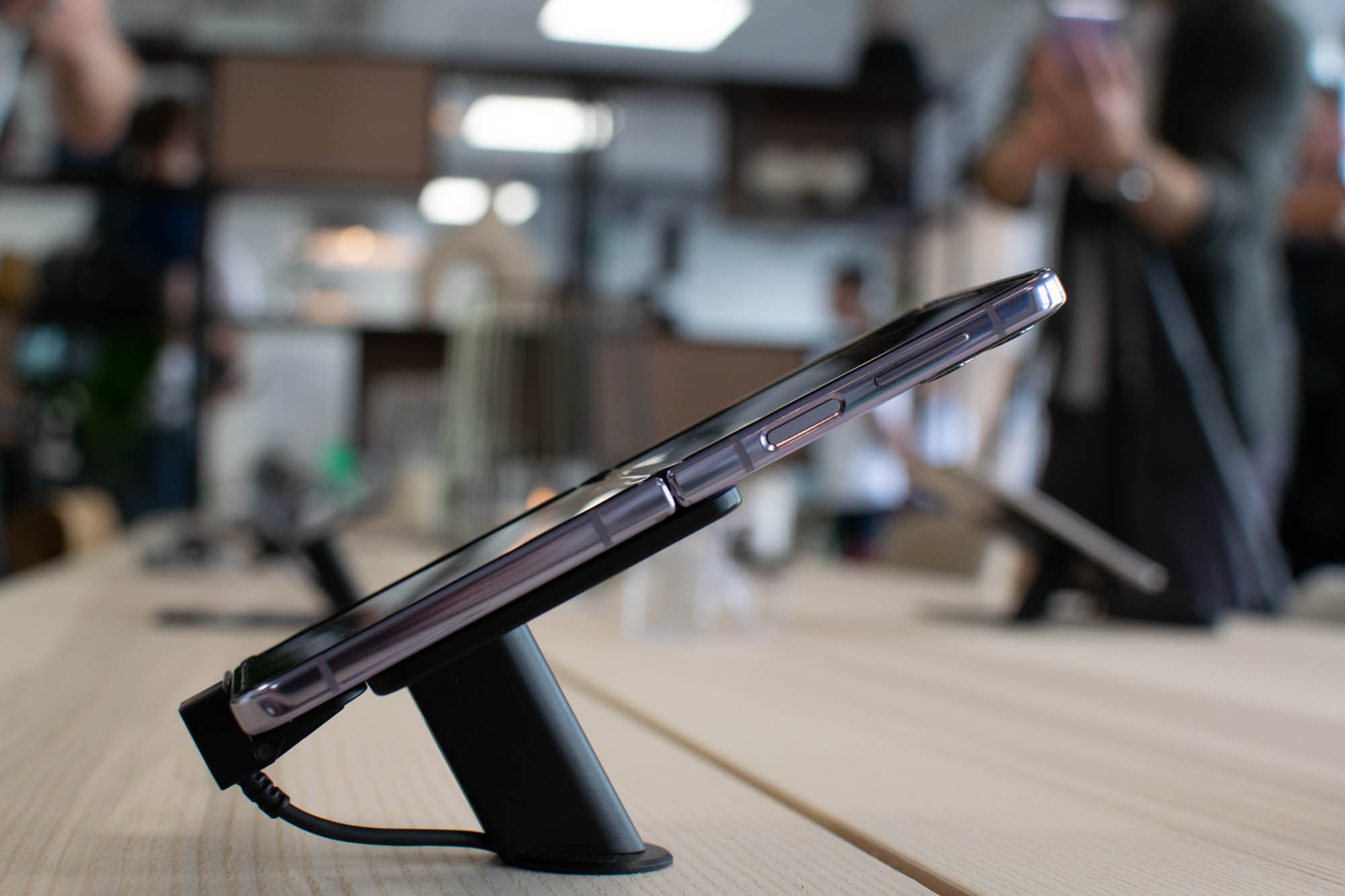
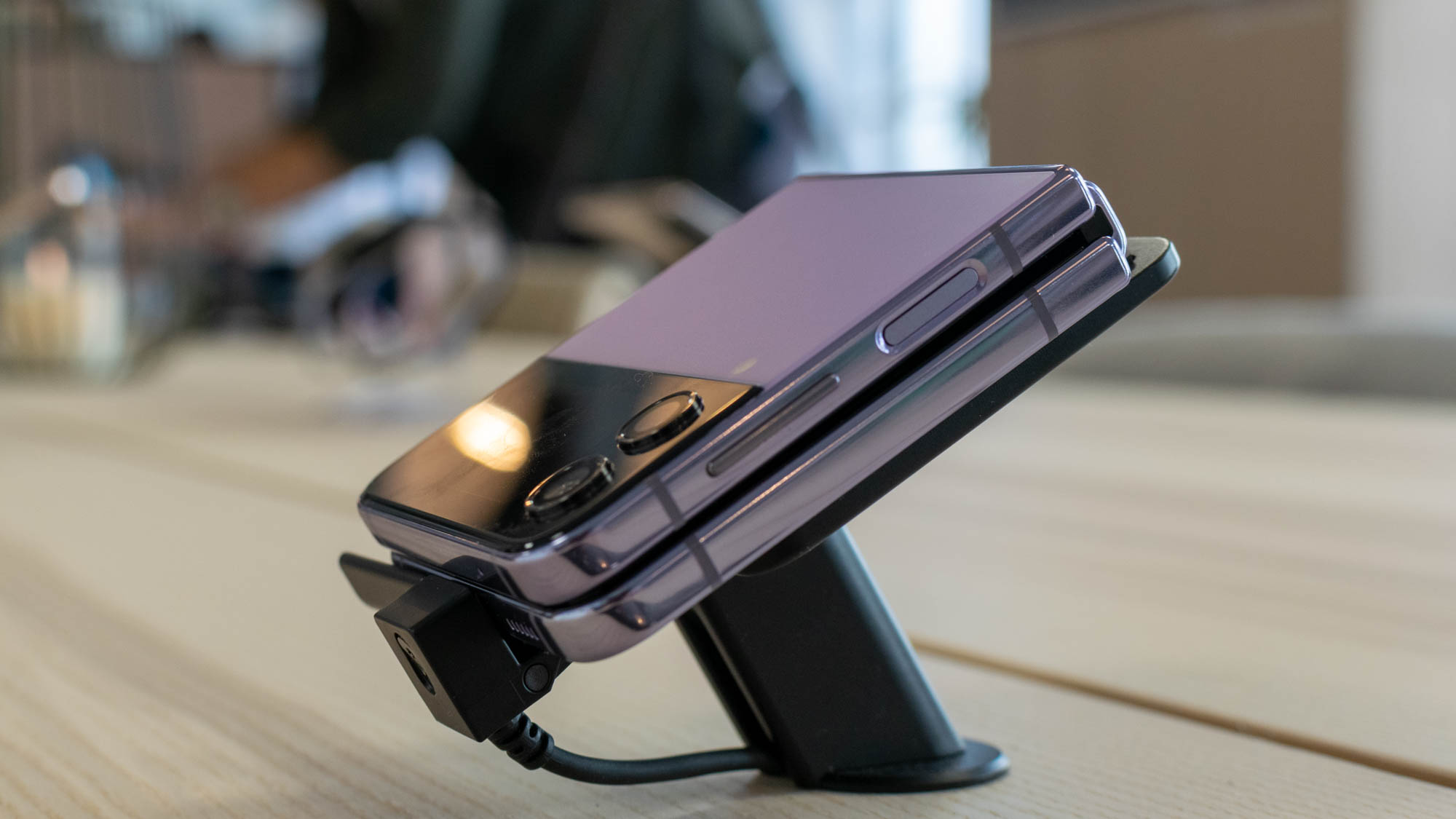
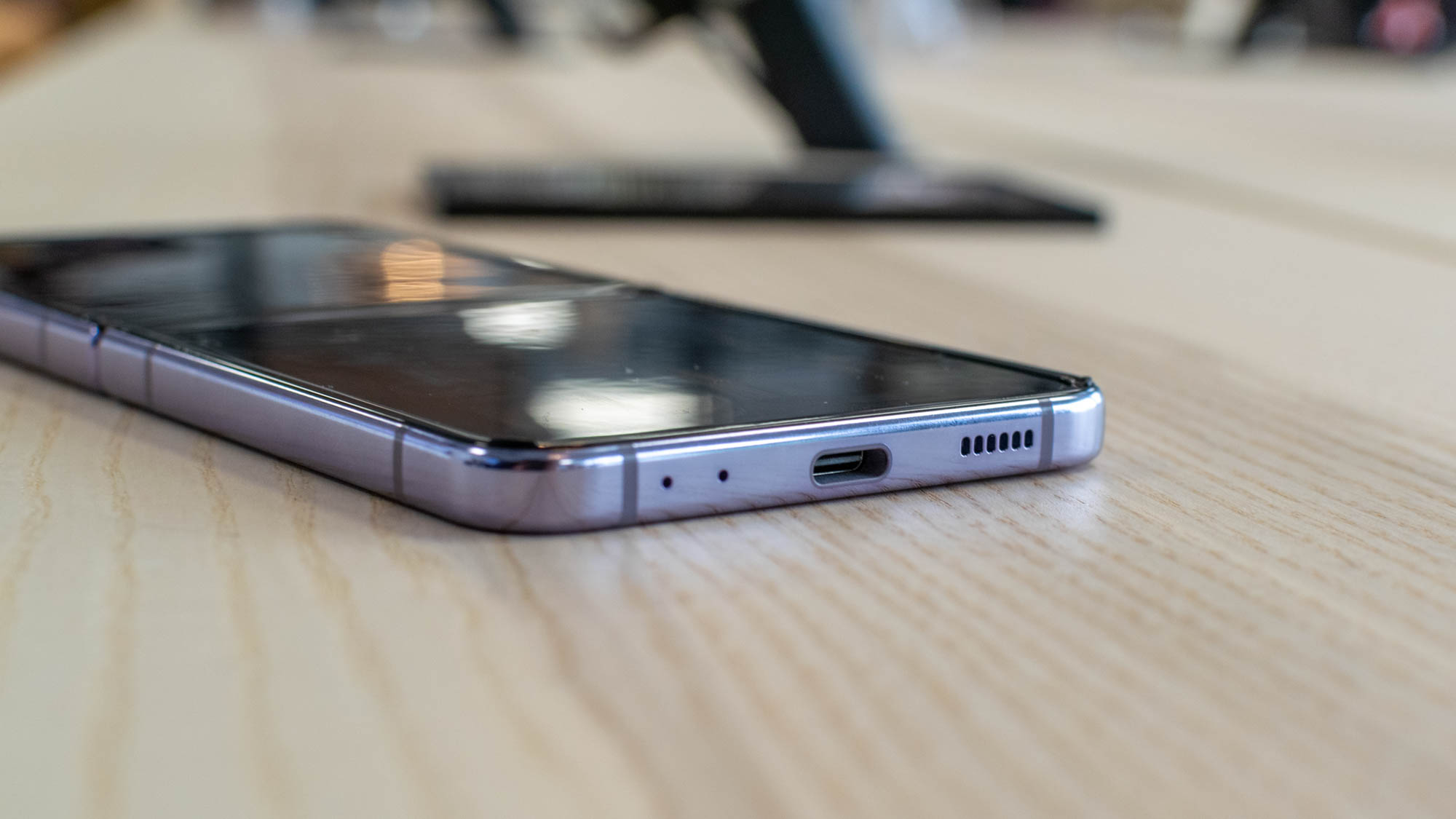

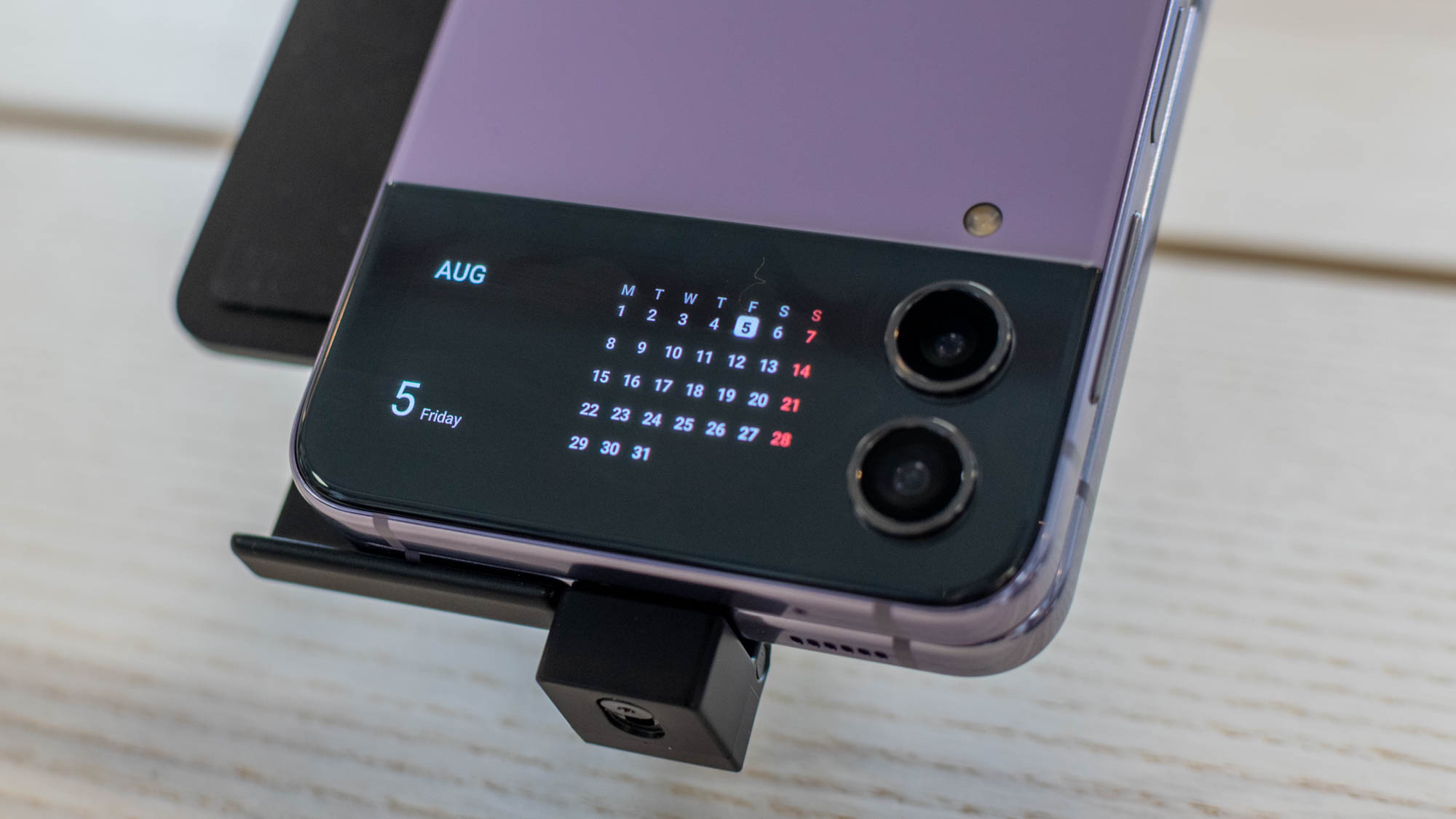
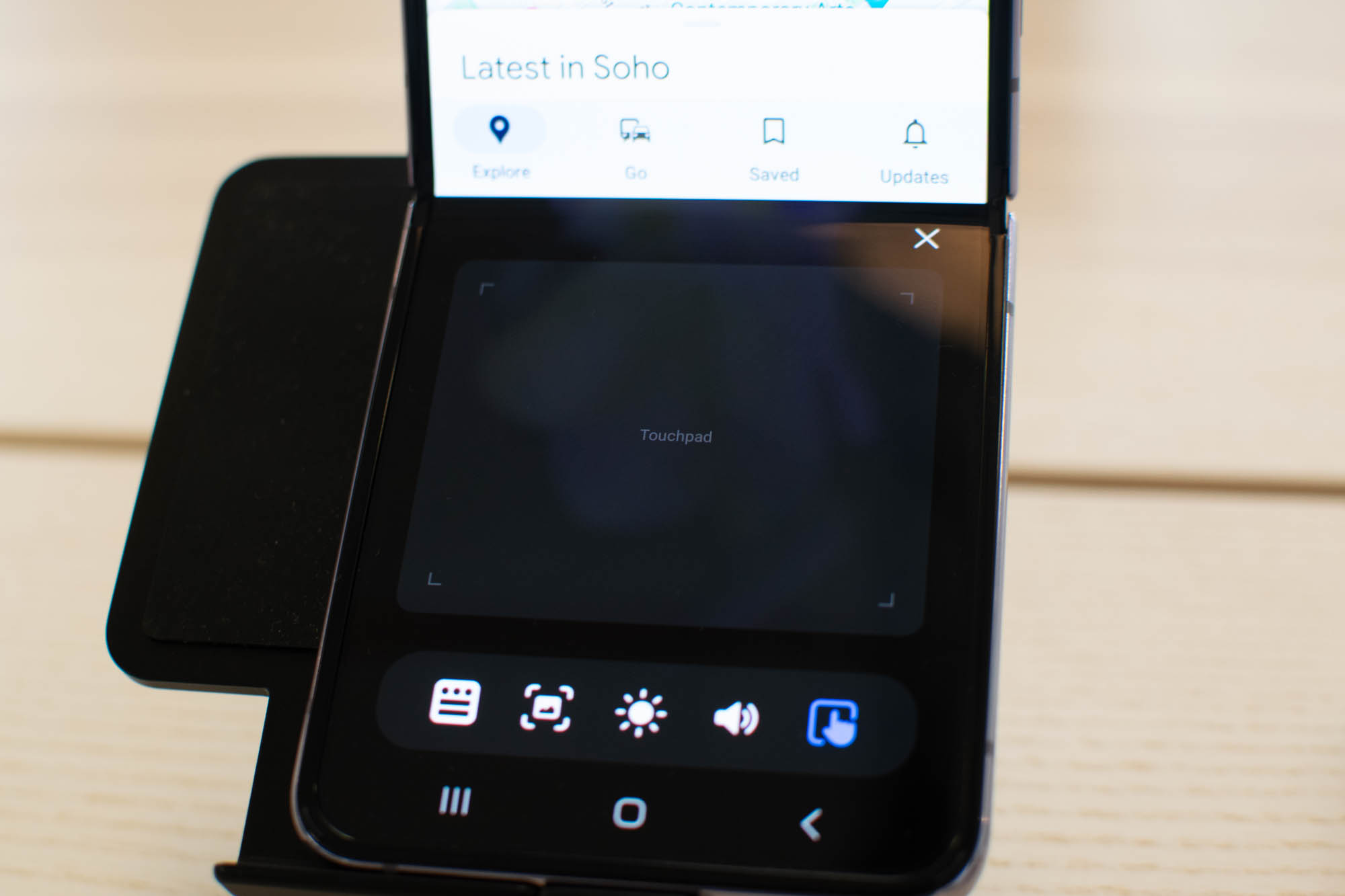
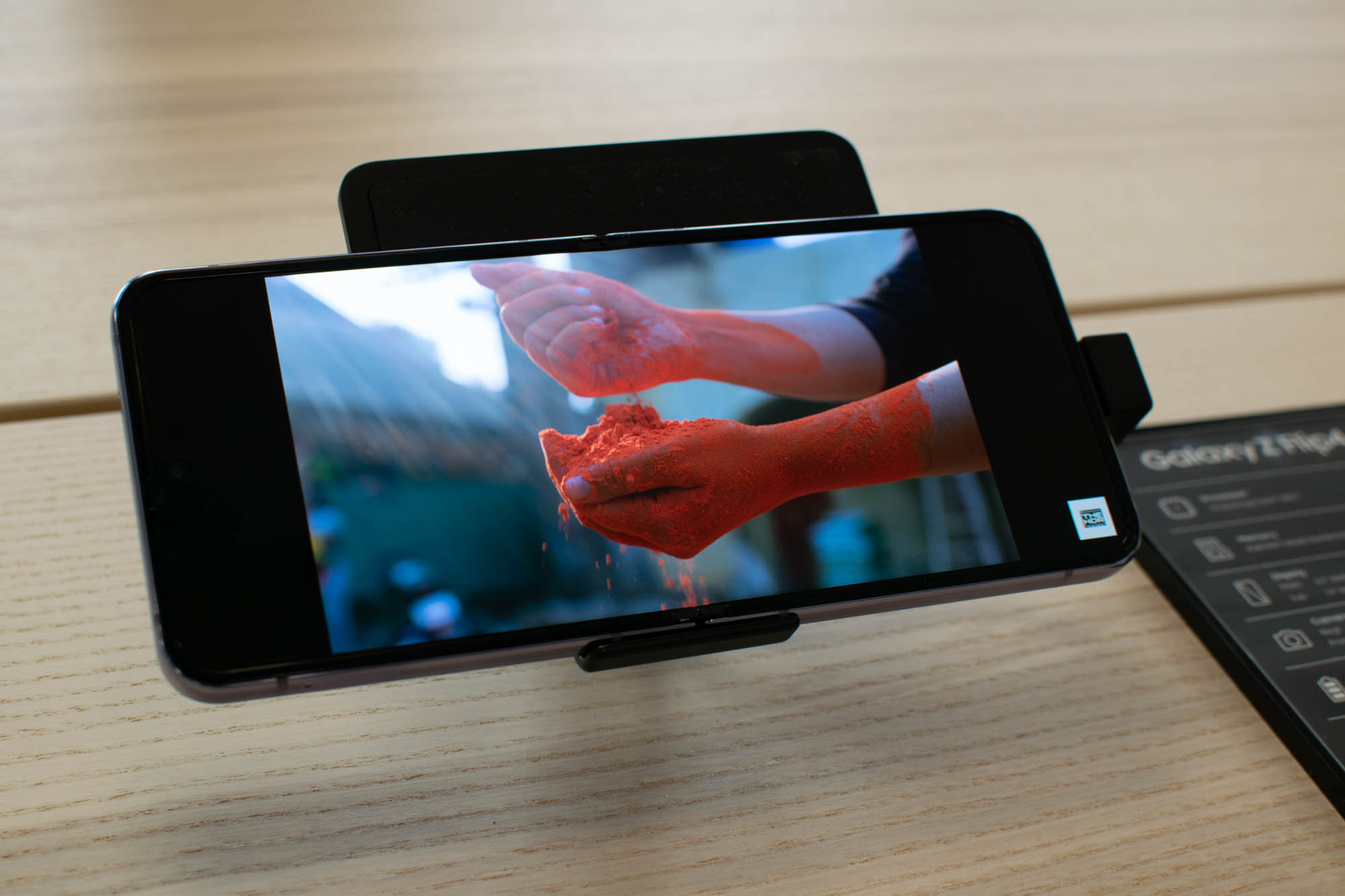
Samsung may not have been the first company to bring a foldable phone to market, but its Galaxy Z range has nonetheless gone some way to defining the category. It’s continuing to iterate on this formula, and the latest additions to its lineup - the Galaxy Z Fold 4 and Z Flip 4 - promise subtle tweaks and improvements in a range of areas.
While the larger Z Fold 4 is aimed at the power users of the world, the compact Z Flip 4 is geared towards much more casual use-cases. This newest model isn’t exactly a huge revision from the previous Galaxy Z Flip 3, but there are a few changes underneath the hood that may elevate it above its predecessor.
Samsung Galaxy Z Flip 4 hands-on review: Design
Looking at the Z Flip 4, you’d be hard-pressed to find many obvious changes from the previous generation. Samsung tells us the hinge is slimmer and the bezels around the screen are smaller, offering a more immersive experience - if not quite the edge-to-edge display seen on other Samsung devices.
The hinge itself is easy to open and close one-handed, and the 22:9 aspect ratio made it comfortable for us to use without stretching our thumb, although larger-handed users may find it a bit of a struggle to type with both hands at once.
It still uses the same Armor Aluminium construction to protect the chassis and hinge mechanism (which is once again rated for 200,000 folds and unfolds), and both front and rear are protected against drops and scratches by Corning’s Gorilla Glass Victus+. The rear glass has a frosted matte finish which is pleasing to the eye as well as the touch.

The whole affair looks and feels as polished as you’d expect, and the four default colour options - graphite, purple, pink and gold - are all elegant enough to suit any style. If you want something a bit more unique, you can also create your own bespoke colour scheme from one of 75 combinations. It fits in your pocket as well as it fits in with your wardrobe too, thanks to its slim dimensions; while the 7.2mm thickness is actually an almost-imperceptible increase from the last generation, the weight is the same at 183g.
If we have one complaint, it’s that the crease in the screen is still very noticeable. We found this off-putting when we reviewed the Z Flip 3, and we’re expecting it to be similarly jarring to move over while scrolling through social media. This is an inherent issue with foldable displays though, rather than with Samsung in particular.
Samsung Galaxy Z Flip 4 hands-on review: Display
Crease aside, Samsung’s displays have always been top-notch, and the Z Flip 4 is no exception. The 6.7in main screen uses a 2,640 x 1,080 Dynamic AMOLED 2X panel with a 120Hz maximum refresh rate, and while we haven’t yet put it through our suite of display performance tests, it looks bright, vibrant and colourful, with good viewing angles and excellent clarity. We’d be surprised if it doesn’t match the 100% sRGB gamut coverage of its predecessor.
The smaller 1.9in cover screen is also a super AMOLED model, with a 260 x 512 resolution, and while fidelity is less important than with the main screen - considering most of the time, you’ll only be using it to check notifications and the like - it looks sharp and colourful nonetheless.
Despite the visible crease, watching movies and videos is a joy on the Flip’s display, and content looks fantastic even when viewing it on half the screen with the phone partially folded.

Samsung Galaxy Z Flip 4 hands-on review: Hardware
That lush display is powered by Qualcomm’s 4nm Snapdragon 8+ Gen 1 processor, rather than one of Samsung’s first-party Exynos chips, which should offer plenty of horsepower for day-to-day tasks. Unlike the Z Fold 4, the Flip isn’t designed to be a productivity powerhouse, so the 3.2GHz octacore chip and 8GB RAM allocation won’t have to handle too much heavy lifting.
We’ll know more about its capabilities once we’ve had the chance to benchmark it more thoroughly, but in our hands-on session, we found it to be as fast and responsive as you’d expect, with no performance issues to speak of. Performance hasn’t been much of a factor in smartphones for several years, and it’s extremely rare to see a device that isn’t powerful enough to meet expectations.
The same isn’t always true of battery life, however. The previous Galaxy Z Flip featured a 3,300mAh power cell, and hit 12hrs in our battery benchmark tests, which was distinctly disappointing. With an expanded battery capacity of 3,700mAh, this updated model should perform at least somewhat better, but it’s unlikely it will be able to equal the impressive 20-hour result of the Galaxy S22 Ultra.
Even if it isn’t an absolutely top performer, though, the Flip 4 is now compatible with 25W fast-chargers and above (as opposed to the 15W limit on the previous generation), and Samsung promises it will manage 50% recharge in just half an hour. There’s also wireless charging and power-sharing on offer for extra flexibility.
Samsung Galaxy Z Flip 4 hands-on review: Features
As you’d expect from a Samsung flagship, the Z Flip 4 is sporting the usual complement of usability features, including an IPX8 waterproof rating to protect against accidental dunks and splashes, as well as biometric security via facial recognition and a fingerprint reader embedded in the power button. Connectivity comes in the form of Wi-Fi 6 and Bluetooth 5.2, with 5G support for good measure.

There’s no support for the company’s S-Pen stylus, as there is with the Z Fold 4, but software-based optimisations have been added to the UI. This allows various apps to take advantage of the folding screen, such as by previewing a photo on the top portion while providing expanded camera controls on the bottom.
It’s not just the main display that’s flexible; the smaller cover screen has been made a little more useful with expanded interactions and more widgets for things like timers and calendars. Samsung has also added the ability to send short responses to incoming messages directly from the cover screen, which was one of our biggest complaints with its predecessor.
Samsung Galaxy Z Flip 4 hands-on review: Camera
On the subject of photos, this is one of the most obvious areas of improvement. The Z Flip 4 features a wider lens and 65% brighter pixel sensor to help improve night photos, while the Quick Shot feature (which allows you to take spontaneous selfies without unfolding the device) now supports portrait mode.
The handful of test shots we snapped were bright and clear on both front and rear cameras, with plenty of detail - although there was a touch too much post-processing on our selfies. We’ll have to wait until we can test it in more detail before reaching any final conclusions on quality, however.
Samsung Galaxy Z Flip 4 hands-on review: Verdict
On first impressions, the Samsung Galaxy Z Flip 4 isn’t all that different from the previous generation, but there are a few key changes that make it worth a look. First of all, the expanded battery capacity should offer better longevity (up to a point, at least), while the camera improvements will be welcome for social butterflies.
The £833 price tag is a little steep compared to traditional smartphones, but isn’t all that extortionate for something in this category. This phone doesn’t seem like it’s going to set the world on fire, but if you’re after a compact foldable, it may be one to watch.
Samsung Galaxy Z Flip 4 specifications
| Processor | 4GHz octacore Qualcomm Snapdragon 8+ Gen 1 |
| RAM | 8GB |
| Screen | 1.9in 260 x 512 Super AMOLED cover screen, 6.7in 2,640 x 1,080120Hz Dynamic AMOLED 2X main screen |
| Front camera | 10MP F2.4 |
| Rear camera | 12MP F2.2 ultra-wide lens, 12MP F1.8 Wide-angle lens |
| Dust and water resistance | IPX8 |
| 3.5mm headphone jack | No |
| Wireless charging | Yes |
| USB connection type | USB Type-C |
| Storage options | 128GB/256GB/512GB |
| Memory card slot (supplied) | No |
| Wi-Fi | Wi-Fi 6 |
| Bluetooth | Bluetooth 5.2 |
| NFC | Yes |
| Cellular data | 5G LTE |
| Dual SIM | Yes (Nano/eSIM) |
| Dimensions (WDH) | 72 x 85 x 17mm (folded), 72 x 165 x 7mm (unfolded) |
| Weight | 187g |
| Operating system | Android 12 |
| Battery size | 3,700mAh |
Get the ITPro daily newsletter
Sign up today and you will receive a free copy of our Future Focus 2025 report - the leading guidance on AI, cybersecurity and other IT challenges as per 700+ senior executives
Adam Shepherd has been a technology journalist since 2015, covering everything from cloud storage and security, to smartphones and servers. Over the course of his career, he’s seen the spread of 5G, the growing ubiquity of wireless devices, and the start of the connected revolution. He’s also been to more trade shows and technology conferences than he cares to count.
Adam is an avid follower of the latest hardware innovations, and he is never happier than when tinkering with complex network configurations, or exploring a new Linux distro. He was also previously a co-host on the ITPro Podcast, where he was often found ranting about his love of strange gadgets, his disdain for Windows Mobile, and everything in between.
You can find Adam tweeting about enterprise technology (or more often bad jokes) @AdamShepherUK.
-
 ‘Phishing kits are a force multiplier': Cheap cyber crime kits can be bought on the dark web for less than $25 – and experts warn it’s lowering the barrier of entry for amateur hackers
‘Phishing kits are a force multiplier': Cheap cyber crime kits can be bought on the dark web for less than $25 – and experts warn it’s lowering the barrier of entry for amateur hackersNews Research from NordVPN shows phishing kits are now widely available on the dark web and via messaging apps like Telegram, and are often selling for less than $25.
By Emma Woollacott Published
-
 Redis unveils new tools for developers working on AI applications
Redis unveils new tools for developers working on AI applicationsNews Redis has announced new tools aimed at making it easier for AI developers to build applications and optimize large language model (LLM) outputs.
By Ross Kelly Published
-
 Google layoffs continue with "hundreds" cut from Chrome, Android, and Pixel teams
Google layoffs continue with "hundreds" cut from Chrome, Android, and Pixel teamsNews The tech giant's efficiency drive enters a third year with devices teams the latest target
By Bobby Hellard Published